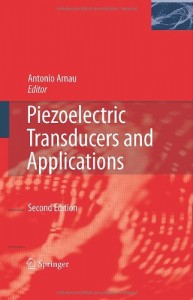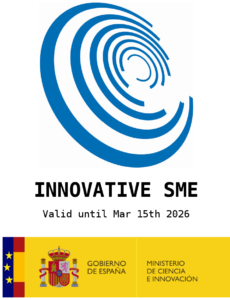A piezoelectric immunosensor for the determination of pesticide residues and metabolites in fruit juices
Authors: C. March, J.J. Manclús, Y. Jiménez, A. Arnau, A. Montoya
Journal: Talanta (2008)
A quartz crystal microbalance (QCM) immunosensor was developed for the determination of the insecticide carbaryl and 3,5,6-trichloro-2-pyridinol (TCP), the main metabolite of the insecticide chlorpyrifos and of the herbicide triclopyr. The detection was based on a competitive conjugate-immobilized immunoassay format using monoclonal antibodies (MAbs). Hapten conjugates were covalently immobilized, via thioctic acid self-assembled monolayer (SAM), onto the gold electrode sensitive surface of the quartz crystal. This covalent immobilization allowed the reusability of the modified electrode surface for at least one hundred and fifty assays without significant loss of sensitivity. The piezoimmunosensor showed detection limits (analyte concentrations producing 10% inhibition of the maximum signal) of 11 and 7µg l-¹ for carbaryl and TCP, respectively. The sensitivity attained (I50 value) was around 30µg l-¹ for both compounds. Linear working ranges were 15–53µg l-¹for carbaryl and 13–83µg l-¹ for TCP. Each complete assay cycle took 20 min. The good sensitivity, specificity, and reusability achieved, together with the short response time, allowed the application of this immunosensor to the determination of carbaryl and TCP in fruits and vegetables at European regulatory levels, with high precision and accuracy.



